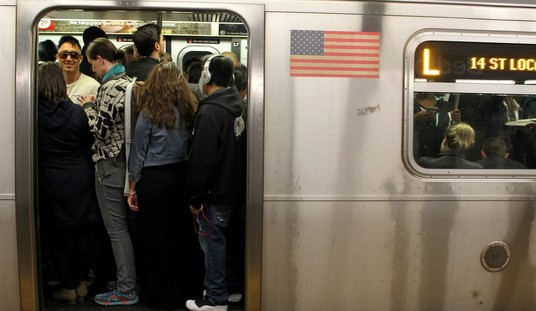Beneath the headlines of Wall Street's financial crisis lurks the economic killer for ordinary Americans -- inflation.
It steals from the pocketbook of every American consumer, in an across-the-board regressive tax hitting especially hard those who spend most of their income on food and energy. It cuts into profits and washes away savings. And it has a self-perpetuating dynamic -- once people become habituated to inflation, it's devilishly hard to stamp out.
During the past year, the Consumer Price Index -- the so-called headline inflation rate -- has increased more than 4 percent. The Producer Price Index, measuring wholesale prices, is up more than 6 percent, and the price of imports is up 14 percent -- both at their highest rate in 20 years. The dollar is its weakest since 1971, a national embarrassment.
This is an economic environment that the Federal Reserve helped create. It fought a phantom deflation in 2002-2003 by cutting the federal funds rate to 1 percent and keeping it there for a year, blowing hot air into the credit and real estate bubbles. Now that those bubbles have burst in spectacular fashion, the Fed is trying to forestall or minimize a recession with more rate cuts.
In effect, the Fed is creating more dollar bills, and thus depreciating their value. This isn't the sole cause of price increases. An ill-conceived ethanol program has driven up food prices, and global demand is bidding up the price of oil. But oil wouldn't be at $100 a barrel if the dollar weren't so weak. The Fed's rate cuts benefit Wall Street by lowering the cost of borrowing and potentially homeowners with adjustable-rate mortgages, but at the cost of everyone else who wasn't improvident in business dealings or home-buying.
Lower- and middle-income people bear the brunt. An analysis by The Washington Post found that prices for staples like groceries, gasoline and health care have risen 9.2 percent since 2006. According to its calculation, this price increase cost a middle-class family an extra $972 annually. Merrill Lynch says a greater proportion of consumers' disposable income went to paying for such staples -- 36 percent -- than at any time since the figure was first tracked in 1960.
Recommended
Historically, countries saddled with a debt problem are tempted to inflate their way out of it, although it's an expedient more associated with Latin American basket cases than the United States of America.
The Fed argues that inflation will decline as the economy slows down. But the economy has already been slowing, and inflation has continued to increase. The price of commodities took a step downward only after the Fed didn't cut rates as much as expected last week, and two members of the Fed's Open Market Committee, worried about inflation, balked at even that cut. The Fed is going to have to stop cutting rates, even if Wall Street and Washington politicians yelp in protest.
As David Frum of the American Enterprise Institute has pointed out, we've been here before. In the early 1970s, prices were rising, but the Fed cut interest rates anyway to address corporate woes. We avoided a sharp recession in the short term, only to get a deep recession later in the decade -- coupled with runaway inflation. The age of "stagflation" was upon us. Inflation was wrung out of the system only when the Fed kept rates high during the double-dip recession of the early 1980s.
We're unlikely to experience anything like the double-digit inflation of the 1970s. Among other things, workers don't have the kind of automatic cost-of-living increases that sent wages and prices in an ever-upward spiral back then. But the Fed shouldn't abandon price stability in the cause of an hour-by-hour attempt to avoid the inevitable distress of working through the excesses of recent years.
The market is a savage taskmaster. It's pay me now, or pay me more later -- when inflation would make it all the more painful.
























Join the conversation as a VIP Member